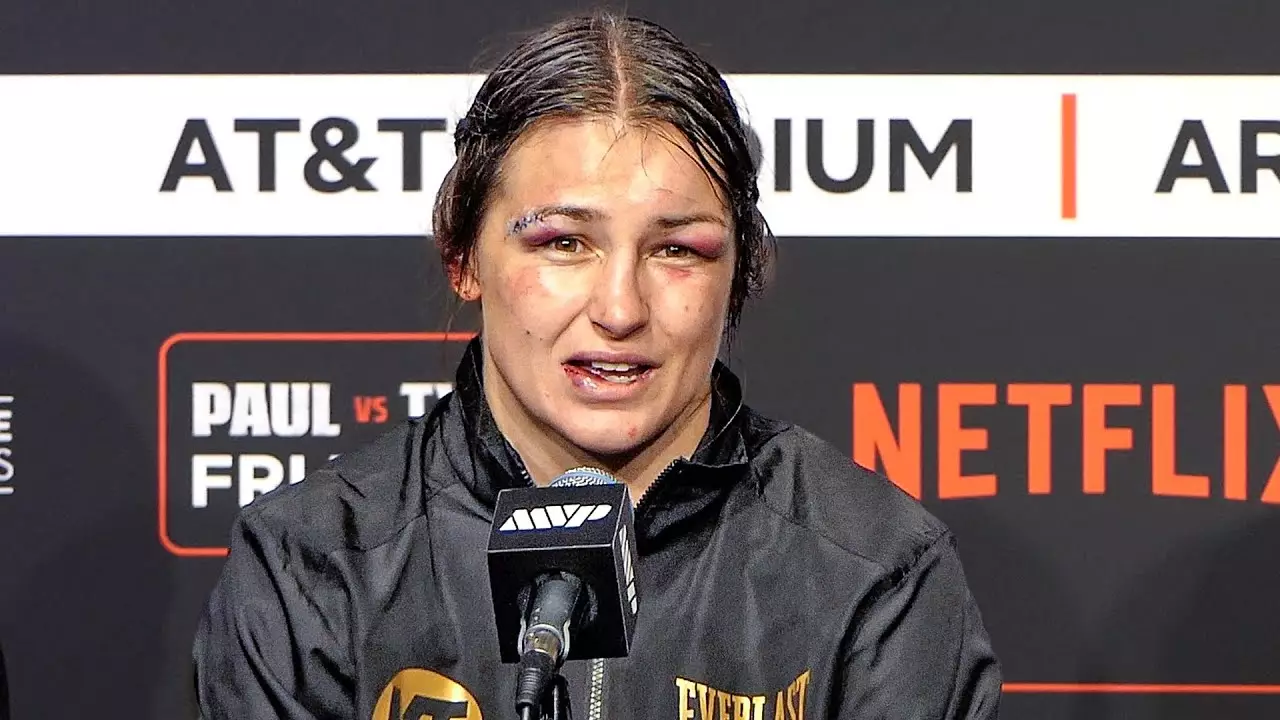The world of women’s boxing has seen a remarkable resurgence in recent years, largely thanks to electrifying matchups that not only showcase the athletes’ physical abilities but also highlight their resilience and determination. One such encounter that has captivated the boxing community is the highly anticipated rematch between Katie Taylor and Amanda Serrano. Their second bout, which unfolded in front of a fervent audience, reaffirmed their status as icons in the sport. It was a testament to the grit, talent, and spirit of two remarkable female athletes.
An Epic Showdown
Katie Taylor, revered as one of the finest boxers in history, stepped into the ring against Amanda Serrano, a formidable opponent in her own right. This 10-round bout was more than just a fight; it was a display of two warriors pushing each other to the limits. At the end of ten grueling rounds characterized by intensity and raw emotion, Taylor narrowly emerged victorious with a unanimous decision victory, reflected in the judges’ scores of 95-94 across the board.
The fight was not without its challenges for both competitors. Taylor, at 38 years old, showcased an impressive ability to adapt under pressure, using her experience to navigate through difficult moments. Serrano, 36, similarly proved her mettle, fighting through a serious cut sustained above her right eye which could have easily ended her hopes for victory. The injury was so severe that it raised questions about the possibility of the fight being halted mid-way. However, driven by the desire to prove their worth, both fighters continued to exchange blows, ultimately creating a riveting spectacle for the fans.
The match was marked not only by its intensity but also by lingering questions about the tactics employed by each fighter. Post-fight, the discourse shifted to allegations of unsporting behavior. While Taylor denied any wrongdoing, asserting her win was legitimate, Serrano expressed her grievances about what she deemed deliberate headbutts. Such accusations are not merely post-match distractions; they paint a broader picture of rivalry and competitiveness that defines their relationship as athletes.
Serrano’s criticisms, grounded in her belief that Taylor intentionally used headbutts, intensified the narrative surrounding the match. With both fighters believing they had a legitimate claim to victory, a cloud of controversy emerged. The feeling that neither would concede to clear dominance in terms of victory adds layers to their rivalry, as observers pondered whether such disputes would ever yield a definitive understanding of who truly reigns supreme.
In the aftermath of their exhilarating clash, one cannot escape the notion that a third fight between these titans of the ring is inevitable. Taylor’s triumphant declaration that “the trilogy is on” not only hinted at her desire for another bout but also stoked the flames of curiosity among fans eager to see how this rivalry evolves. Serrano’s fierce veteran spirit and determination suggest that she would come back even more prepared for a potential rematch, eager to reclaim her standing and settle the score.
It is not just about personal accolades; it is about the legacy each fighter leaves behind. Their rivalry fuels conversations about the growth of women’s boxing, to the extent that each fight is more than a spectacle; it becomes a defining moment in a sport that has long been overshadowed. In the end, it seems that a third bout will not only serve as a means of settling their differences but will also further ignite interest in women’s boxing on a grand stage.
The Taylor vs. Serrano rivalry has not only captured the attention of die-hard boxing fans but has also illuminated the broader implications of women in sport. Their encounters reflect resilience, controversy, and the relentless pursuit of greatness that, when intertwined, craft a narrative rich in emotion and significance. The anticipation for their next meeting is palpable, as each woman seeks to prove once and for all who is the superior fighter.

